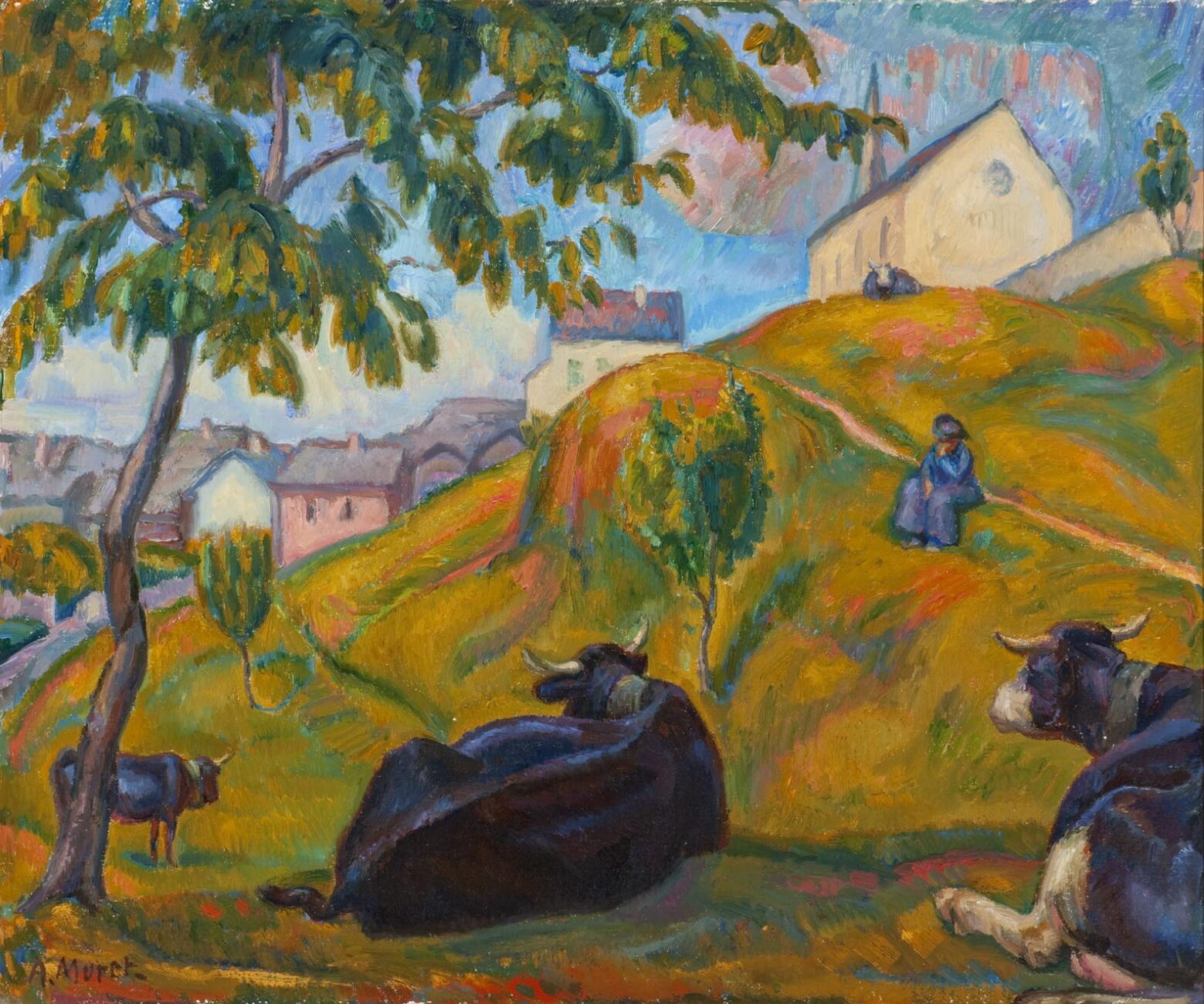The plot of Le Feu à Cheyseron (1912) is rooted in a long-standing rivalry between two communities: the men of Cheyseron, a village in the French-speaking Valais, and those of Unteren, a village in the Bernese Oberland. Every summer, both take their cows up to the mountain pastures and stay in neighboring chalets. Everyone in the novel is grounded in an extremely strong sense of belonging to their environment, to the point of determinism.
That year, on the eve of the désalpe, when the cattle are brought down from the mountains, the young Valaisan Firmin Lhotellier decides to kidnap Liseli, an Alemannic woman (the text calls her German) who has come to visit her brother. Held captive by her kidnapper, she plots her revenge over many months, manipulating Firmin into falling in love with her. The following summer, just as the shepherd is about to leave everything behind to follow Liseli to Unteren, the Bernese arrive. They set fire to the village, hang Firmin and set off again with Liseli, freed at last. The novel, a broad picture of incommunicability, depicts not only the separation of peoples, but also that of individuals.
The change in the German girl was so complete and sudden that it was noticed not only by Firmin, but by the whole village. Nor did anyone in the village guess the real reason.
Fire at Cheyseron, 1912
Caption
Albert Muret, Cows at Rest in the Church Meadow, n.d.
Oil on canvas
43 x 55 cm
Municipality of Lens
RR
Reproduction: Robert Hofer
